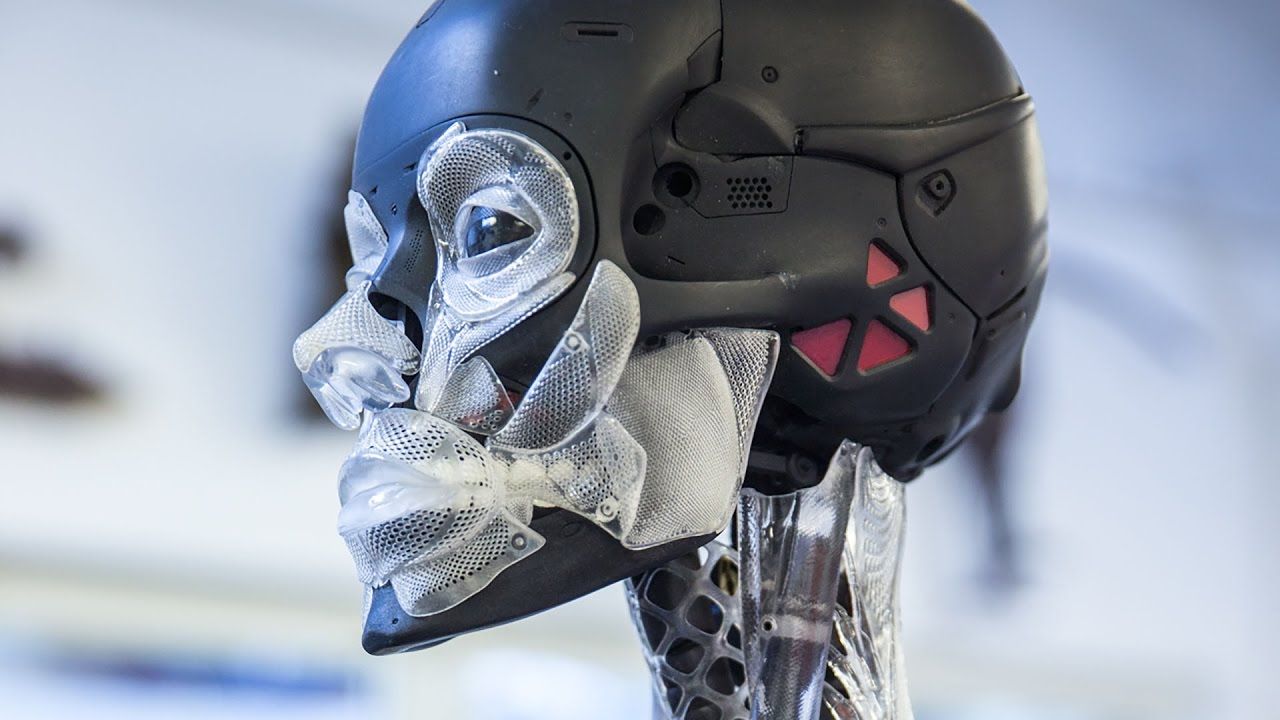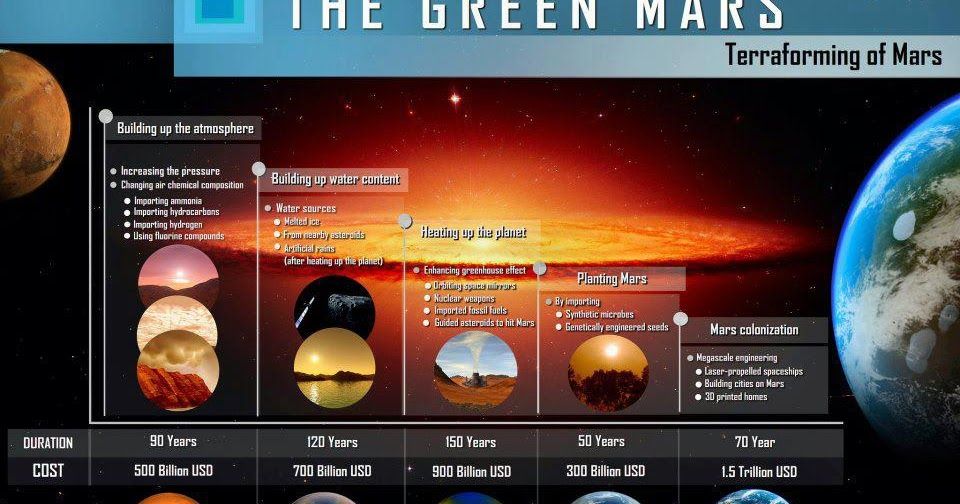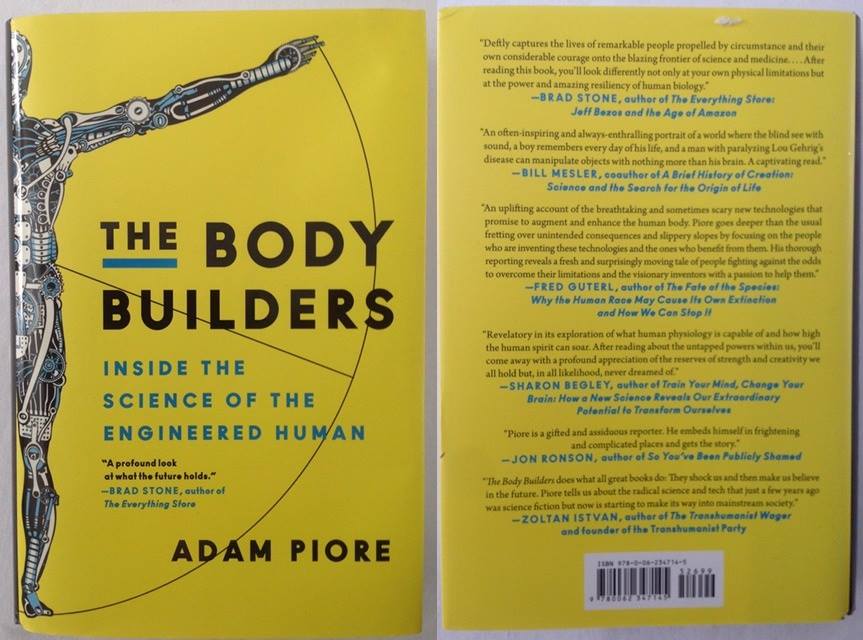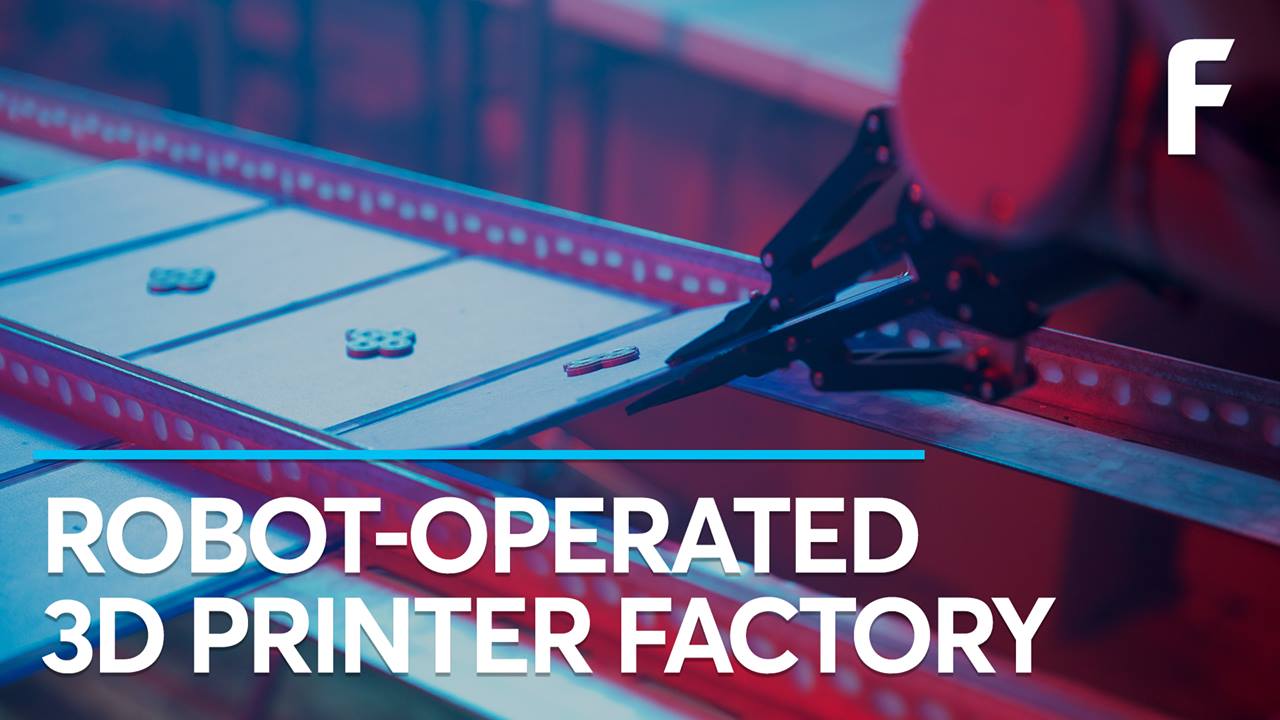Mar 16, 2017
Patients Lose Sight After Stem Cells Are Injected Into Their Eyes
Posted by Steve Hill in categories: biotech/medical, engineering, life extension
And today a clear lesson in why jumping the gun and not using appropriate engineering safety in regenerative medicine is reckless and dangerous. The steady and scientific path is always the best way when health is on the line. The current system needs streamlining for sure and projects like Lifespan.io are helping to create a progressive environment but ensuring appropriate safety is observed. We must be careful in healthcare and this story reminds us why.
Three women suffered severe eye damage at a Florida clinic, exposing gaps in protections for people seeking unproven treatments.


















